- EXTRAVAREM LR CE
- STARVAREM
- MAXIVAREM LR CE
Glycol Instructions for use
The diffusion of heating systems that use solar thermal energy, but in many cases also for conventional systems, in recent years has led designers and installers to adopt ethylene or propylene glycol as an additive to be mixed with the circulating water, in order to increase the temperature range within which it remains in liquid state.
This was necessary in particularly cold countries to prevent water in the pipes from freezing, and in light of the high peak temperatures in solar systems at particularly hot times of the year.
The table below summarizes the freezing/evaporation temperatures in relation to the percentages of glycol added to the water:
| Propylene/ethylene % Glycol | Freezing point °C * | Evaporation point °C * |
|---|---|---|
| 0 | 0 | 100 |
| 10 | -3 | 101 |
| 20 | -7 | 103 |
| 30 | -15 | 106 |
| 40 | -27 | 108 |
| 50 | -38 | 110 |
| 60 | -49 | 112 |
| 70 | -60 | 114 |
| 80 | -72 | 117 |
| 90 | -83 | 119 |
| 100 | -94 | 121 |
*the values indicated are purely indicative; data can vary even significantly according to the manufacturer
One property of glycol that is not always taken into consideration is its aggressiveness in relation to some materials, particularly sheet metal (even if galvanized) and plastics. Moreover, it becomes more aggressive as the temperature in the circuit increases.
This aspect is critical, as many expansion vessels on the market are equipped with galvanized sheet metal flanges and plastic inserts inside the connection; if water mixed with glycol circulates in the system in which these components are installed, the greater the concentration of additive and the higher the temperature the more rapidly they tend to corrode and wear.
For this reason, the whole range of Varem solar expansion vessels is equipped with a stainless steel counter flanges and no plastic inserts are used in the connection. The use of vessels in this range is also recommended in conventional heating systems, if glycol is added to the water.
The membranes with which expansion vessels are equipped must also be suitable to withstand the aggressiveness of glycol and the very high peak temperatures typical of solar systems.
Varem produces a membrane for solar expansion vessels with a special EPDM blend, in order to withstand peaks of 130 °C and capable of operating even with pure glycol without any problems.
The recommended uses of the ranges of expansion vessels manufactured by Varem are summarized below:
- SOLARVAREM range: vessels in this range are suitable for use with water and ethylene or propylene glycol, up to a percentage of glycol of 100%. The permissible temperature range of the fluid is from -10 °C to +130 °C maximum peak (for short periods). SOLARVAREM vessels can also be used with potable water and are suitable for use in refrigeration systems.
- EXTRAVAREM LR CE and MAXIVAREM LR CE range: use with water and ethylene or propylene glycol is not recommended as they are able to operate with a maximum glycol content of 20% at a maximum temperature of +70 °C. With water they can operate up to +99 °C. These vessels are NOT suitable for use with potable water.
- EXTRAVAREM LC CE and MAXIVAREM LC CE range: use with water and ethylene or propylene glycol is not recommended as are able to operate with a maximum glycol content of 20% at a maximum temperature of +70 °C. With water they can operate up to +99 °C. These vessels are suitable for use with potable water.
- IDROVAREM CE, INTERVAREM CE, MAXIVAREM LS CE, PLUSVAREM range: use with water and ethylene or propylene glycol is not permitted. These vessels are suitable for use with potable water. In the versions with stainless steel flange, they can also be used with demineralized water.

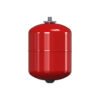
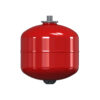
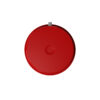
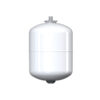
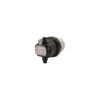
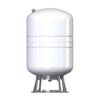
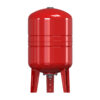
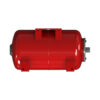
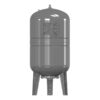
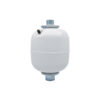
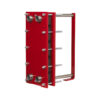
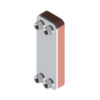
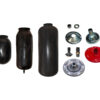
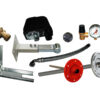
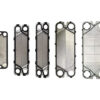
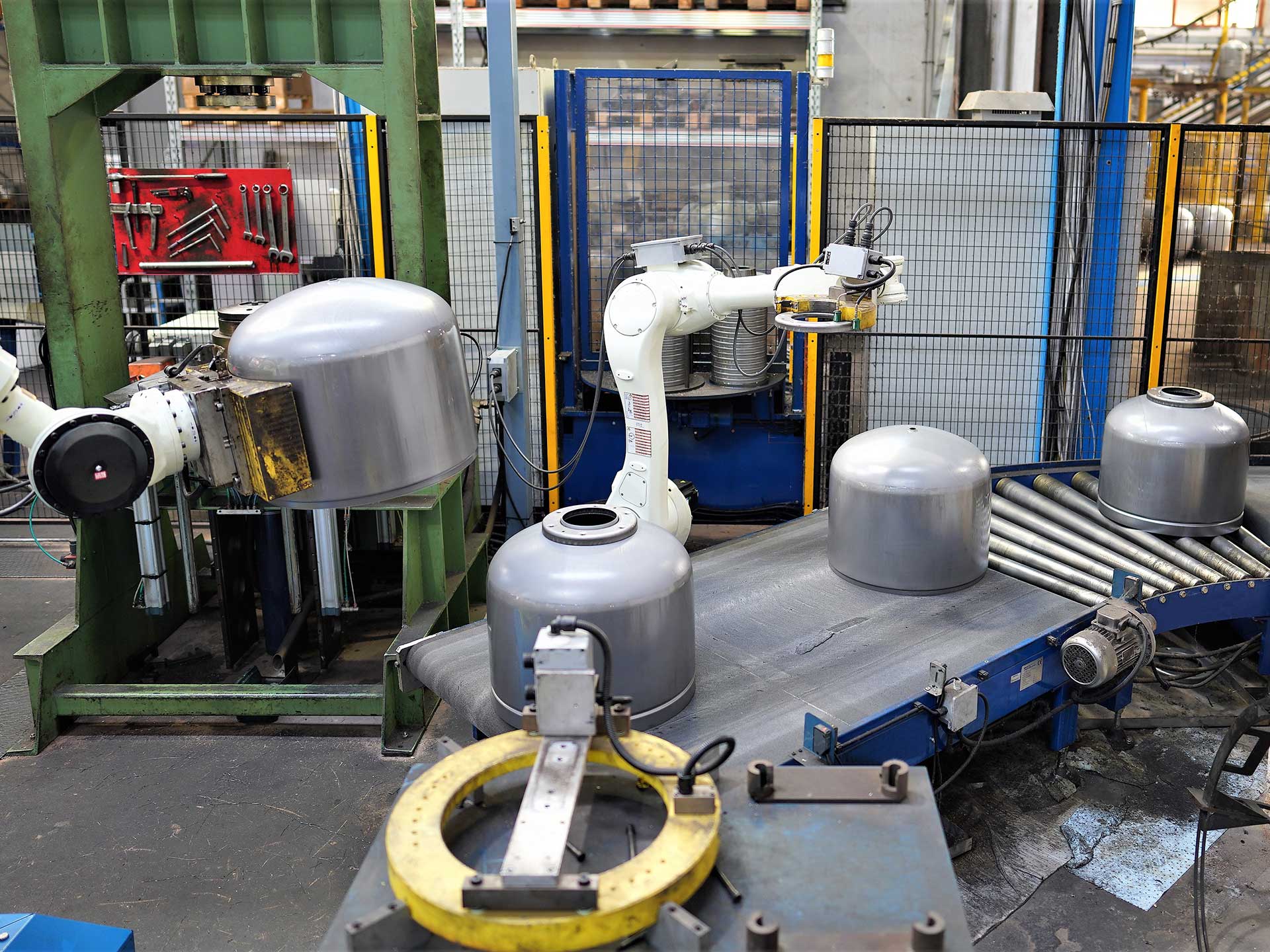

 Italiano
Italiano Deutsch
Deutsch